The temperature’s heating up and it’s high time to stash away those bulky winter coats. The long, chilly winter days are drawing to a close! Summer activities in Japan offer a fantastic opportunity to get outdoors and dive into a plethora of exciting outdoor adventures, not to mention treating yourself to incredible food and sweets. Time flies, so if you haven’t already, it’s time to start planning your summer escapades. If you’re pondering over what to do during the summer in Japan, fret not! We’ve rounded up a list of must-do activities to make your summer truly memorable.
What to do in Summer in Japan
1. Eat trendy shaved ice.
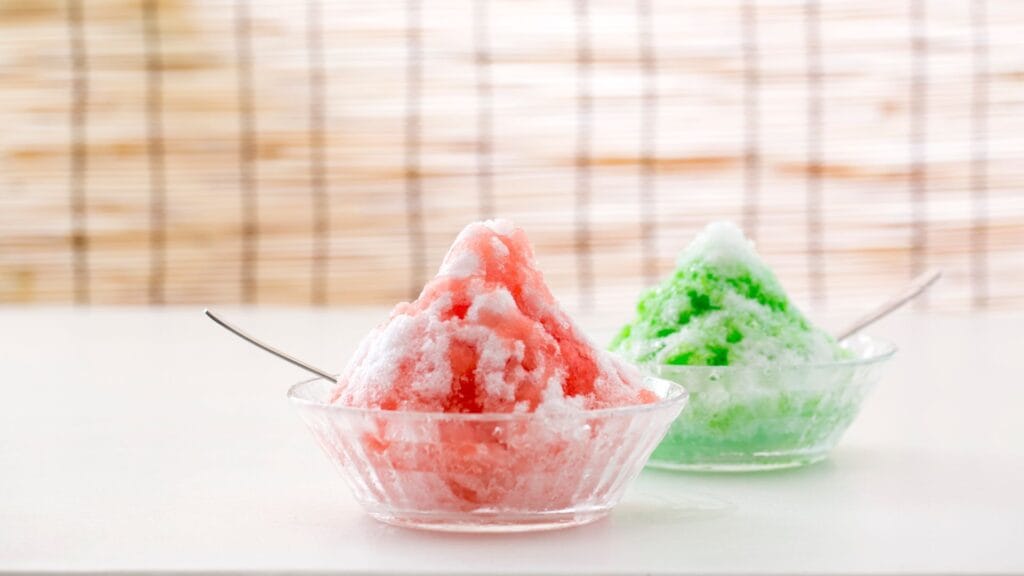
Shaved ice is a must-have treat during the scorching summer months. Indulging in this icy delight not only refreshes your body but also helps beat the relentless summer heat.
One top spot for shaved ice in Tokyo is Yorozu Chaya (浅草よろず茶屋444), nestled in Asakusa. Here, you can relish exquisite shaved ice that’s as pleasing to the eyes as it is to the taste buds. The crowd-favourite “Melon Milk” features half of a luscious, ripe melon filled with delicately sweet milk-flavoured shaved ice. Due to its immense popularity, reservations are essential, with a steady stream of eager customers lining up daily. With its hearty servings, this shaved ice will certainly help you endure the sweltering summer months!
2. Go to the beach.
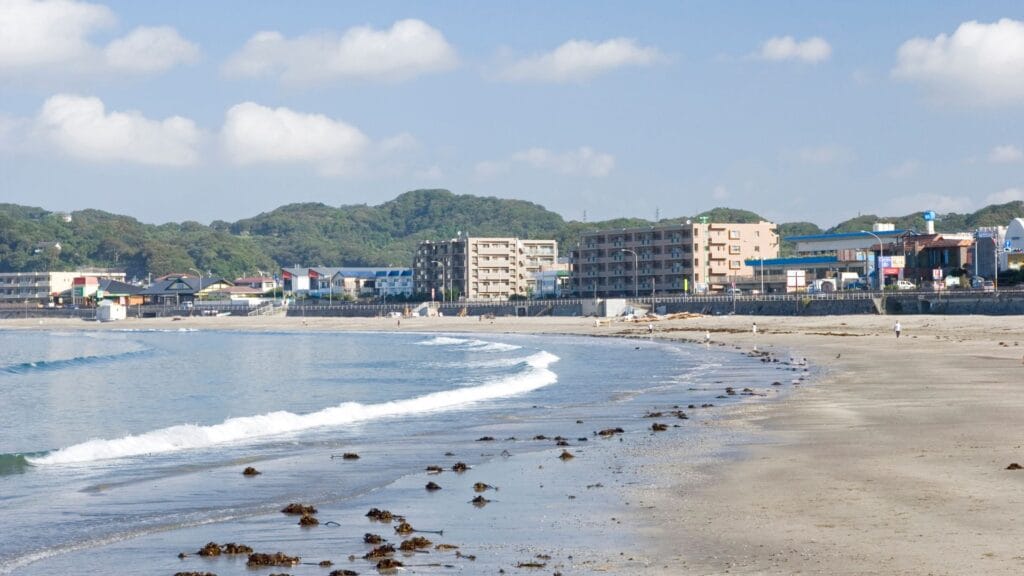
Summer activities in Japan wouldn’t be complete without a trip to the beach. Picture-perfect scenes of sparkling seas, pristine white sands, and joyful beach-goers encapsulate the essence of summer. Skipping a beach excursion during the summer season might leave you regretting it later.
Zushi Beach, located conveniently close to the city centre and accessible by car or train, ranks among the favourites despite its occasional cleanliness and crowding issues. For a more idyllic escape, consider Shimoda in the Izu Peninsula, boasting expansive stretches of white sandy shores and fantastic waves.
3. Visit sunflower fields.
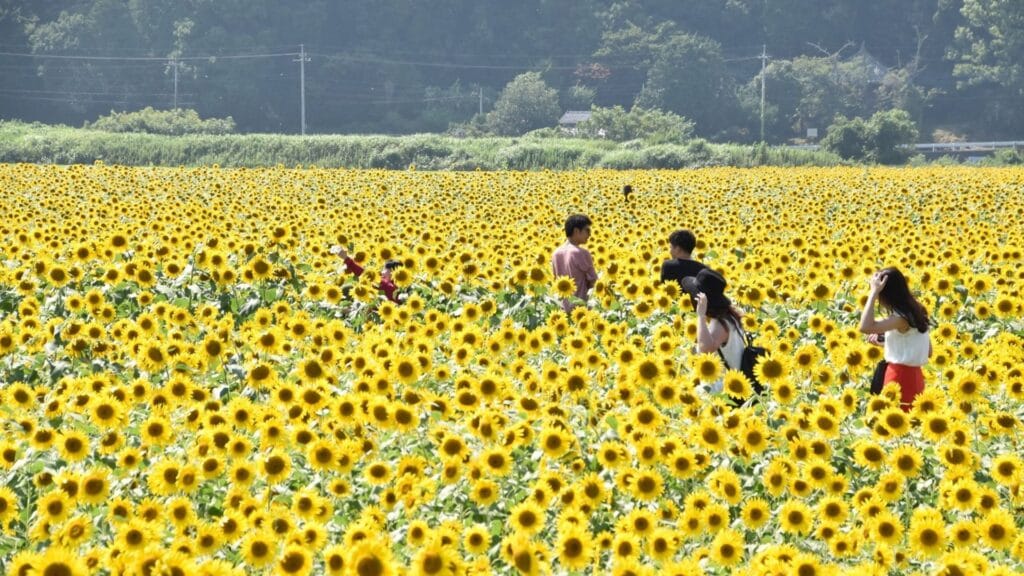
While summer might not immediately conjure images of sunflowers, these vibrant blooms reach their peak from July to August. Why not immerse yourself in a sea of sunflowers this summer?
The Nogi-machi Sunflower Field in Tochigi Prefecture boasts around 300,000 sunflowers, creating a mesmerising spectacle. Mark your calendar for the Sunflower Festival, held over two days in late July each year. Beyond this festival, numerous sunflower fields offer ample opportunities to capture the essence of summer on camera.
4. Enjoy the fireworks.

Fireworks festivals are quintessential summer events, Among the grandest is the “Lake Rindo Fireworks Display” at Nasu Highlands in Tochigi, illuminating the night sky with approximately 3,500 fireworks. This spectacular event is just one of many fireworks festivals held across Japan during the summer season.
5. Stay at a summer resort.
While embracing a whirlwind of summer activities like swimming, BBQs, and water sports is undeniably thrilling, sometimes the best way to savour the season is through relaxation. Summer resorts offer the perfect escape, and Karuizawa hosts some of Japan’s most renowned ones. With its convenient access from Tokyo, abundance of outlets, and trendy spots, Karuizawa is a perennial favourite. Don’t miss Furiko Chabo during your visit, where you can indulge in delectable sweets and other delicacies amidst the tranquil embrace of nature.
6. Try your hand at water sports.

Japan is the ultimate hotspot for water sports of all kinds, being an island nation blessed with abundant rainfall. From thrilling whitewater canoeing to serene sea kayaking, captivating scuba diving, enchanting snorkelling, and exhilarating surfing, Japan boasts a plethora of aquatic adventures that rival any destination across the globe.
With no part of the country more than 93 miles away from the sea, Japan stands out as the perfect vacation spot for those seeking a blend of culture and relaxation. You can explore ancient temples and majestic castles before unwinding on sun-kissed beaches, catching some waves, or delving into Japan’s rich marine life.
There’s an abundance of marine activities to dive into. Fancy trying your hand at ocean surfing but feeling a tad hesitant? Enter “citywave,” an artificial surfing haven nestled in “Spor Shinagawa Oimachi. Here, you can tailor the wave size to match your skill level, ensuring even beginners can experience the thrill of surfing.
Surfing
- Irino: This beach in Kochi City earns its reputation as one of the premier surfing spots, where you might even catch sight of sea turtles nesting along the shore. The nearest station is Tosa-irino.
- Okinawa: With its tropical islands boasting pristine white-sand beaches, Okinawa naturally beckons surfers and beach enthusiasts alike.
- Shikoku: The southern shores of Tokushima Prefecture and neighbouring Koichi in Shikoku offer excellent surf conditions. Among them, Ikumi Beach stands out as the cream of the crop.
Diving
- Yakushima (Kagoshima): Arguably Japan’s most renowned diving locale for observing majestic sea turtles, Yakushima is a must-visit for turtle enthusiasts. Its location off the coast of Kyushu lends it a diverse array of rare species, including Scorpionfish, Lionfish, and Moorish idols. You can reach Yakushima Island by taking the Shinkansen to Kagoshima and then transferring to a boat, jetfoil, or aircraft with your JR Rail Pass.
- Ishigaki and Yonaguni (Okinawa): These two Okinawan gems are famed diving destinations. Yonaguni is globally renowned for its sunken wrecks, mesmerising underwater ruins, and captivating aquatic life, including hammerhead sharks. Meanwhile, Ishigaki boasts magnificent tropical waters, vibrant coral reefs, and a diverse marine ecosystem teeming with angelfish, manta rays, and butterfly fish.
7. Hang out with friends at beer gardens.
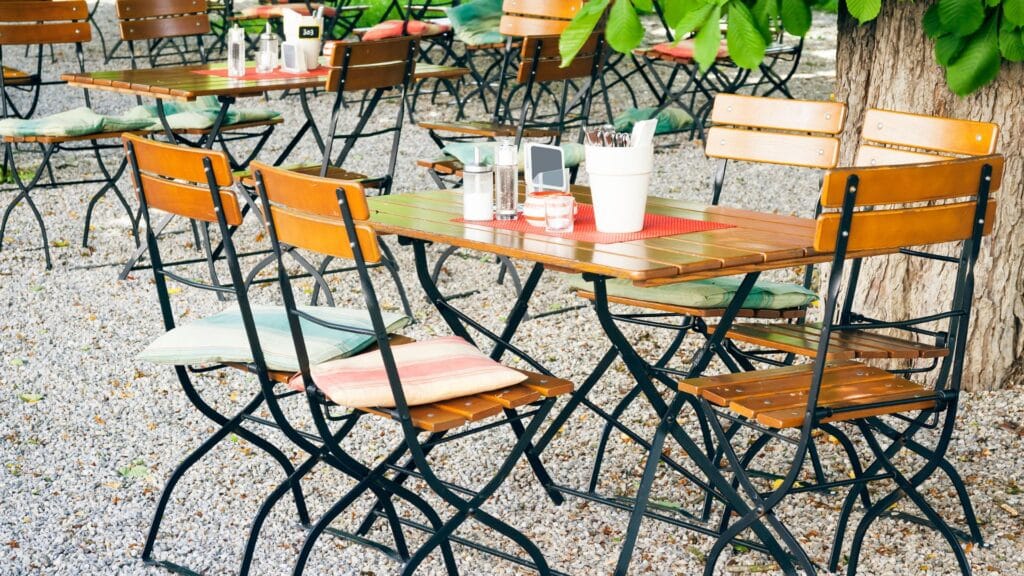
In the summer, many restaurants host beer gardens, making them perfect for enjoying summer activities in Japan.
WILD BEACH TOKYO SKY RESORT SHINJUKU
WILD BEACH TOKYO SKY RESORT SHINJUKU brings the beach to the city with its “BEACH in the City” concept. To create the beach vibe, 15 tonnes of sand have been trucked in and spread across the rooftop of Luminest, a vibrant retail mall in Shinjuku. The beach setup includes beach mattresses, sofas, and stylish pink parasols. Divided into three sections – Beach Cafe, BBQ Garden, and Glamping Terrace – the cafe offers French BBQ cuisine and drinks throughout. For serious barbecue enthusiasts, the BBQ Garden and Glamping Terrace come highly recommended. Take a leisurely stroll through this picturesque beer garden for a unique experience!
BBQ Beer Garden Ablaze by Hilton Tokyo Odaiba
Fancy unlimited beer by the shores of Tokyo Bay? Look no further than BBQ Beer Garden Ablaze at Hilton Tokyo Odaiba this summer. Indulge in a delectable selection of dishes including premium beef, pork spare ribs, bacon, chicken kebabs, and more. Plus, enjoy free-flowing beer, wine, whisky, and sparkling wine. With outdoor seating offering views of Tokyo Bay and the iconic Rainbow Bridge – especially stunning when illuminated at night – this beer garden promises a memorable experience without the hassle of bringing your own grilling gear.
MATSUYA GINZA Utsukushikunaru Beer Garden
Find elegance atop the Matsuya Ginza department store at the Utsukushikunaru Beer Garden. Embracing the theme of “Good for Beauty” – reflected in its name, which means “become beautiful” in Japanese – this beer garden offers a menu featuring healthy options such as salads, BBQ fare, green curry, desserts, and dishes featuring Japanese superfood Tofu. The tofu used is sourced from Sagamiya, a renowned tofu producer, ensuring not only delicious but also visually appealing dishes.
Green Tea Beer Garden
Hosted by Green Tea Restaurant 1899, part of the historic Hotel Ryumeikan Tokyo, the Green Tea Beer Garden celebrates Japanese tea culture. Try the unique green tea beer, a fusion of beer and green tea with the distinct bitterness of each component. The all-you-can-drink menu includes green tea beer, green tea wine, tea beer, and more. Indulge in Japanese tea-infused dishes such as sausages, karaage (Japanese fried chicken), grilled potatoes, and vegetables with a green tea dip, popular among Tokyo locals.
8. Participate in popular summer festivals.

Just like fireworks festivals, summer festivals are a big deal among summer activities in Japan. You’ll find a variety of summer festivals to get involved in, from huge events that shut down entire streets to smaller, more intimate local gatherings cherished by the community. Explore different shrines in your area to soak up the authentic spirit of Japan.
One festival definitely worth checking out is “Mitamatsuri” at Yasukuni Shrine. Dating back to 1947, this festival is synonymous with #summervibes.
9. Eat chilled delicacies.
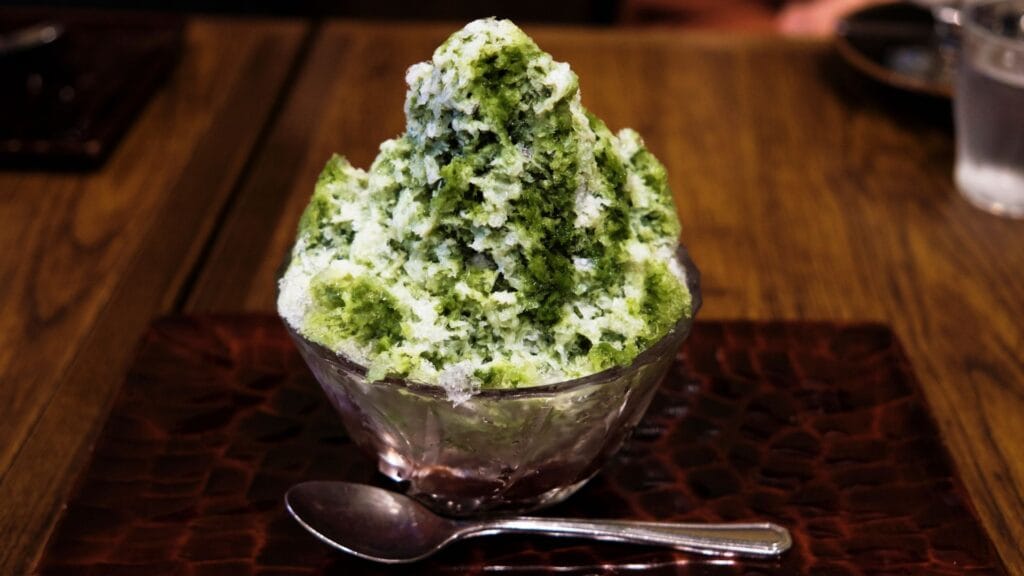
Now, onto the culinary delights of summer! Kakigori, the classic Japanese shaved ice treat, comes in a rainbow of flavours like strawberry, melon, lemon, cherry, blue raspberry, Japanese citrus, sweet plum, and grape syrups. This fluffy, melt-in-your-mouth delicacy can be found at convenience stores, eateries, food stands, dessert shops, and tea houses all across Japan. It’s the perfect refreshment wherever you find yourself.
For a savoury option, indulge in Zaru Soba, a cold buckwheat noodle dish served with a dipping sauce. Zaru Soba is a popular choice during the sweltering summer months, offering a light and healthy alternative to other noodle dishes. Served on a slotted bamboo mat, it’s a refreshing way to beat the heat while enjoying a nutritious meal packed with Vitamin B, minerals, and fibre.
10. Climb Mount Fuji.
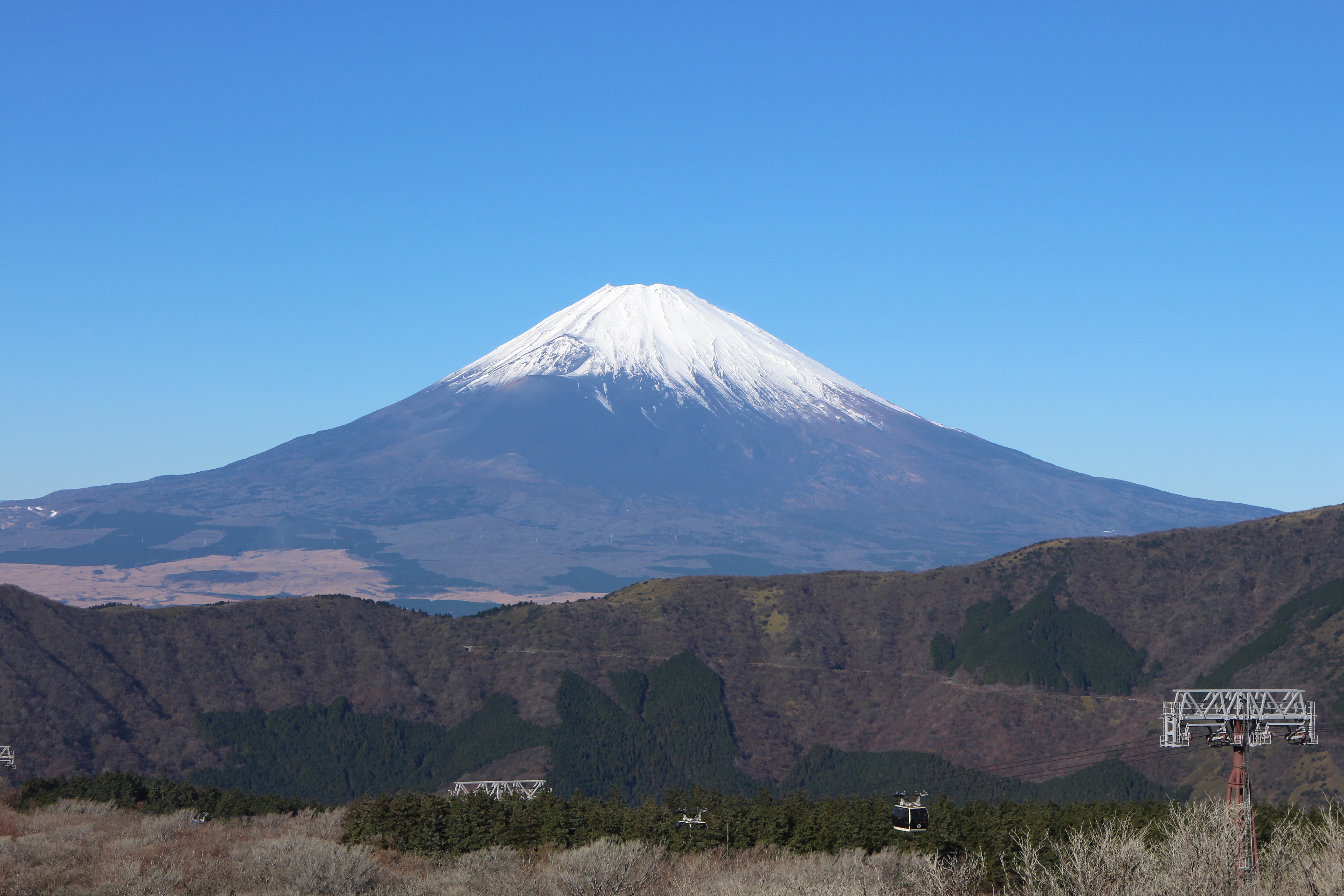
If you’re feeling adventurous, why not tackle Mount Fuji? The formal climbing season runs from early July to mid-September, offering favourable weather conditions and open trails. Whether you’re a seasoned hiker or a novice, climbing Mount Fuji during the official season is recommended. Plan your ascent for a weekday in early July to avoid the crowds and unpredictable weather. With over a third of climbers being international tourists, it’s an experience not to be missed during your summer adventures in Japan.
Embracing Summer Adventures in Japan
So, what do you make of these ten ways to bask in the summer vibes of Japan? Have you pieced together your ultimate summer agenda yet? If you’ve managed to dive into all ten experiences, you can confidently assert that you’ve got this summer in Japan well and truly covered. But don’t fret if you haven’t quite ticked off every item just yet.
Summer in Japan is a treasure trove of endless opportunities, inviting you to explore further and uncover new delights. Whether it’s immersing yourself in the electric atmosphere of local summer festivals, indulging in the myriad flavours of kakigori, or embarking on an adventure to conquer Mount Fuji, there’s always more to discover and savour.
So, let’s raise a toast to the joys of summer! With a spirit of adventure and a zest for discovery, let’s seize every moment and embrace the magic of summer in Japan. Here’s to sun-soaked days, balmy evenings, and memories that will last a lifetime as we eagerly anticipate the arrival of another unforgettable summer season!


Recent Comments